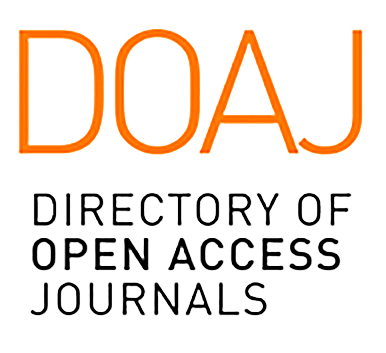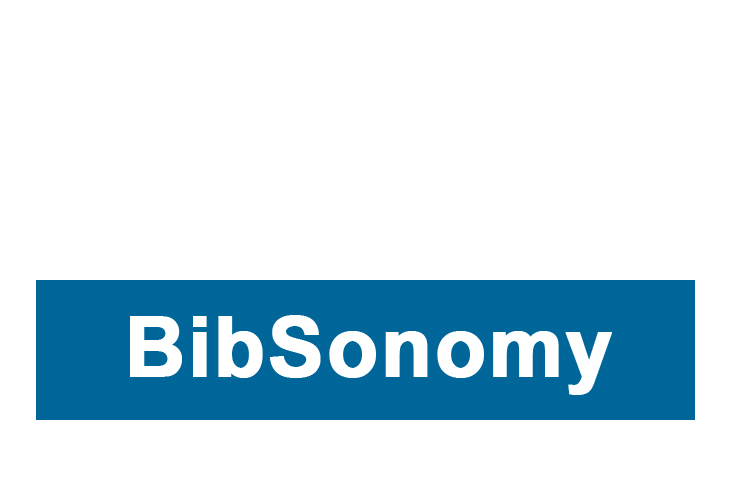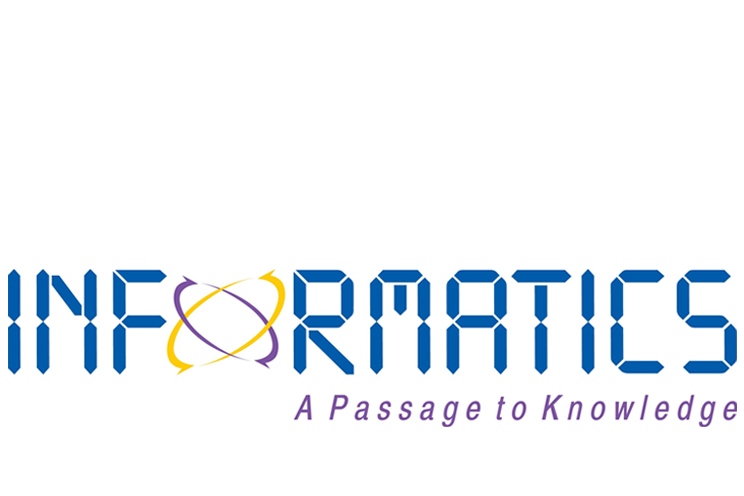Public Article
-
verified
The Role of Emojis and Emoticons in Enhancing Interpersonal Communication through Messenger and WhatsApp Applications
ISSN: 2353 - 0073
Publisher: author
The Role of Emojis and Emoticons in Enhancing Interpersonal Communication through Messenger and WhatsApp Applications
Indexed in
Languages and Literatures
ARTICLE-FACTOR
1.3
Article Basics Score: 3
Article Transparency Score: 2
Article Operation Score: 3
Article Articles Score: 2
Article Accessibility Score: 2
SUBMIT PAPER ASK QUESTION
International Category Code (ICC):

ICC-0902
Publisher: In Translation / ÙÙŠ الترجمة Salah Bouregbi
International Journal Address (IAA):

IAA.ZONE/235375670073
eISSN
:
2353 - 0073
VALID
ISSN Validator
Abstract
Communication process is not only speaking or writing words. It is very a complex matter that requires factors affective such as language, grammar, experience and non-verbal elements. Sign language and facial expressions can reveal what person is trying to express than what person actually says in in conversation of face-to-face interactions. However, in text-based communication. The absence of non-verbal can cause misunderstanding and confusion in interpersonal communication. This study focuses on the role of emojis and emoticons in communication technology, specially Messenger and WhatsApp application. This study depends on a theory called (Media Richness Theory) that is proposed by Daft and Lengel. The method used is qualitative research method. Research results show that emoji and emoticons have very important role in interpersonal communication technology.
























































